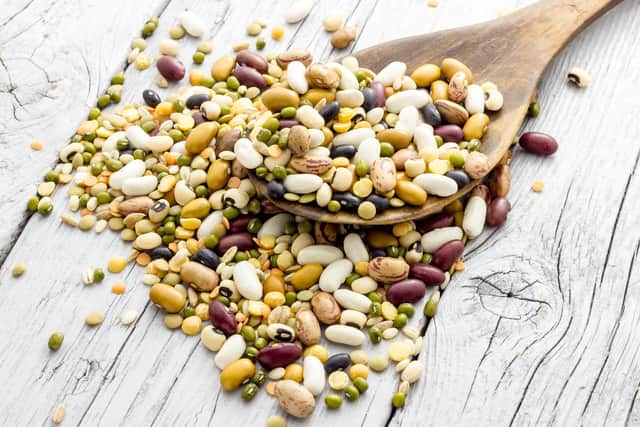Going Green: Think about helping the planet on Valentine’s Day


It’s either something you celebrate a lot and go big or – like most married couples I know – it might be a bottle of wine and a take away on the sofa.
The good news is though however you choose to celebrate it, you can do it in an environmentally friendly way.
Advertisement
Advertisement
There are purchases that only really happen around February 14th that tend not to happen the rest of the year.


The UKs penchant for red roses for example.
The florists and supermarkets are filled with them in February whereas the rest of the year there are bright arrays of different coloured blooms that don’t have such big CO2 emissions attached to them.
Britons buy around eight million red roses in February.
That’s around 570 tonnes with many coming by airplane from Africa.


These contribute to a mammoth carbon dump of 32kg of carbon dioxide per bunch.
Advertisement
Advertisement
According to SSAW (Spring, Summer, Autumn and Winter) Collective – a community of chefs, florists and growers, a bouquet of 15 British flowers produces only 1.7kg of carbon emissions, 95 per cent less.
But it’s not just CO2 to take into account when it comes to the iconic bright red blooms either, it takes 120 litres of water to grow 12 roses.
And when it comes to water consumption, roses aren’t even the biggest Valentine’s culprit.
It takes a staggering 1,700 litres of water to make just 100g of chocolate – which is worth considering before you opt for the biggest box in the shop.
Advertisement
Advertisement
Consider Greenforest Alliance or Fairtrade labels to share the love for the planet as well as your other half.
If you’ve got your eye on lingerie for your loved one, opt for brands that use organic fabrics so they can be recycled or use surplus fabric to make their lingerie like UK brand Fruity Booty who do small lingerie runs made entirely from surplus fabrics which include the elastics.
They also have a zero single use plastic policy in their supply chain too.
Underwear brand Parade make their lingerie from recycled yarns and ship their items in compostable packaging made from 100 percent corn starch.
Advertisement
Advertisement
February 14th doesn’t have to be about spending a small fortune though – why not swap a bouquet for a plant that’ll live for many more Valentine’s Day’s to come?
Swap dinner out for a home cooked meal with ingredients from your local market or farm shop to support local farmers and producers.
Or make a cake you can both enjoy together and consider making your own paper bouquet of roses instead of buying them, YouTube has plenty of tutorials for origami flowers that’ll last way longer than the type you put in water.
No matter what your loved one is into, there are ways to mark Valentine’s Day and make it special without costing yourself – or the planet.